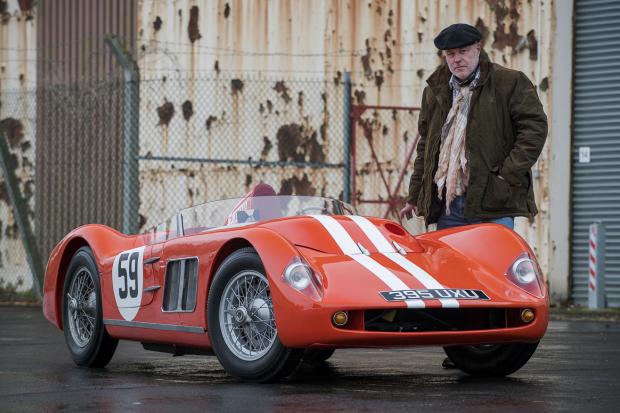
With the former RAF Bicester bomber airfield as the backdrop, Skoda UK gathered together its collection of classic cars in celebration of the make’s 120th Anniversary and to mark when founders Vaclav Laurin and Vaclav Klement first entered business. And with the old heritage protected buildings and peeling hangar doors as backdrops combined with some of Skodas least-known Fifties and Sixties models to hand, there was a distinct Cold War feel to the day. Mark Stone was there.

Ranging from a Great Depression era 1929 422 saloon, the smallest and most affordable car the company ever made to a 2004 Octavia vRS 1.8T, Skoda’s classic collection includes at least one car that everyone will recognise. First launched in 1934 and notable for surviving the upheavals of WWII, the 1940 Popular 420 Convertible on display was just one of the many body styles the model offered, from a small sporting coupé to lightweight multipurpose commercial transport, these little 995cc, 22bhp cars sold worldwide and enjoyed a reputation for reliability and durability.

Similarly the 1201, a 1958 Estate of which is included in the collection. Unusual in that in estate form the body featured one door on the driver’s side but two doors for the passengers, the intriguing front treatment is echoed inside the car.

With a vast white steering wheel and singularly interesting instrumentation, the 1201 remains almost as extraordinary today as it did when it was first launched in 1955.

The Octavia saloon from 1964 and the convertible version, the 1963 Felicia will be more familiar to British motorists, and represented just how distinct and elegant these small cars were. Two of the first post-war models to be introduced and both powered by 1221cc OHC four-cylinder engines, the pair feature coil springs on the front axle offering what for the time was impressive ride comfort and performance.
















